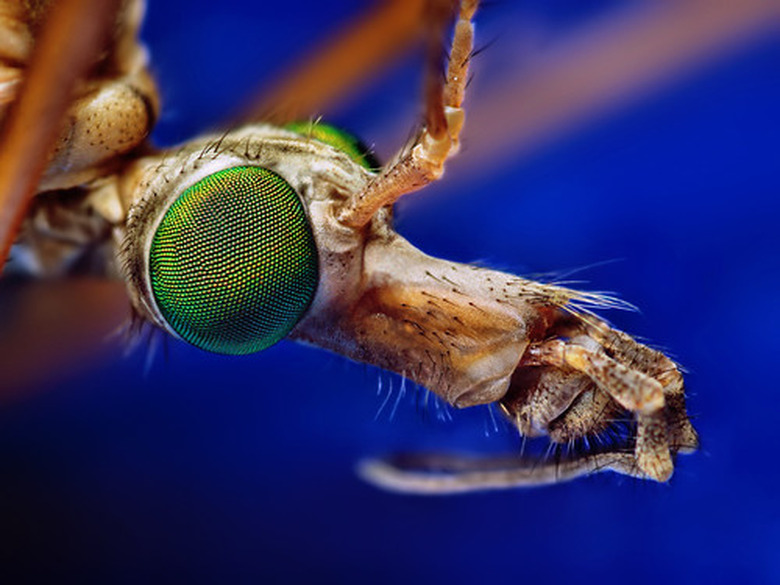What Is A Crane Fly?
The crane fly is a large flying insect, most easily distinguished by its long legs and appearance similar to that of a large mosquito, gaining it the nickname "mosquito hawk." The crane fly is highly adaptable to various environments and can be found in temperate, subtropical and tropical regions. As a member of the most numerous and diverse Taxonomic order of insects, the crane fly is an evolutionary success in it own right, with thousands of individual species, each specially adapted to their own environment.
Scientific Classification
Scientific Classification
The crane fly is within the order Diptera, under the class Insecta, in the family Tipulidae. Diptera is the largest order of insects with over 200,000 distinct species. The name crane fly is generic and non-scientific. There are over 14,000 species of crane flies, all of which are within the family Tipulidae, but each with their on specific scientific name.
Description
Description
As a member of the order Diptera, crane flies have one pair of wings and an elongated, thin body with two large antennae, large eyes and long legs. Crane flies have a dull brown body and tan colored wings. The size of the crane fly increases with temperature. Temperate species may only reach 2 millimeters, whereas tropical species can reach 60 millimeters in length. Crane flies are easily distinguishable at rest, with their long legs looking lanky and over-sized and their wings remaining perpendicular to their body.
Life Cycle
Life Cycle
The life cycle of the crane fly can vary significantly from species to species. However, the majority of crane flies have an aquatic larval stage. The adult crane fly has an average life expectancy of a couple days, during which time they reproduce.
Habitat
Habitat
Crane flies are common in a wide range of regions and habits. Crane flies are most commonly found in woodland areas near a source of water, often near rivers, lakes or flood plains. However, many species are at home in open, arid conditions.
Food Source
Food Source
Larval crane flies feed on leaf litter and other decomposing organic matter. Most adult crane flies do not have mouths and are thus unable to feed. However, some species of adult crane fly have adapted to feed on nectar.
References
Cite This Article
MLA
Kane, Stan. "What Is A Crane Fly?" sciencing.com, https://www.sciencing.com/crane-fly-5549875/. 22 November 2019.
APA
Kane, Stan. (2019, November 22). What Is A Crane Fly?. sciencing.com. Retrieved from https://www.sciencing.com/crane-fly-5549875/
Chicago
Kane, Stan. What Is A Crane Fly? last modified March 24, 2022. https://www.sciencing.com/crane-fly-5549875/
